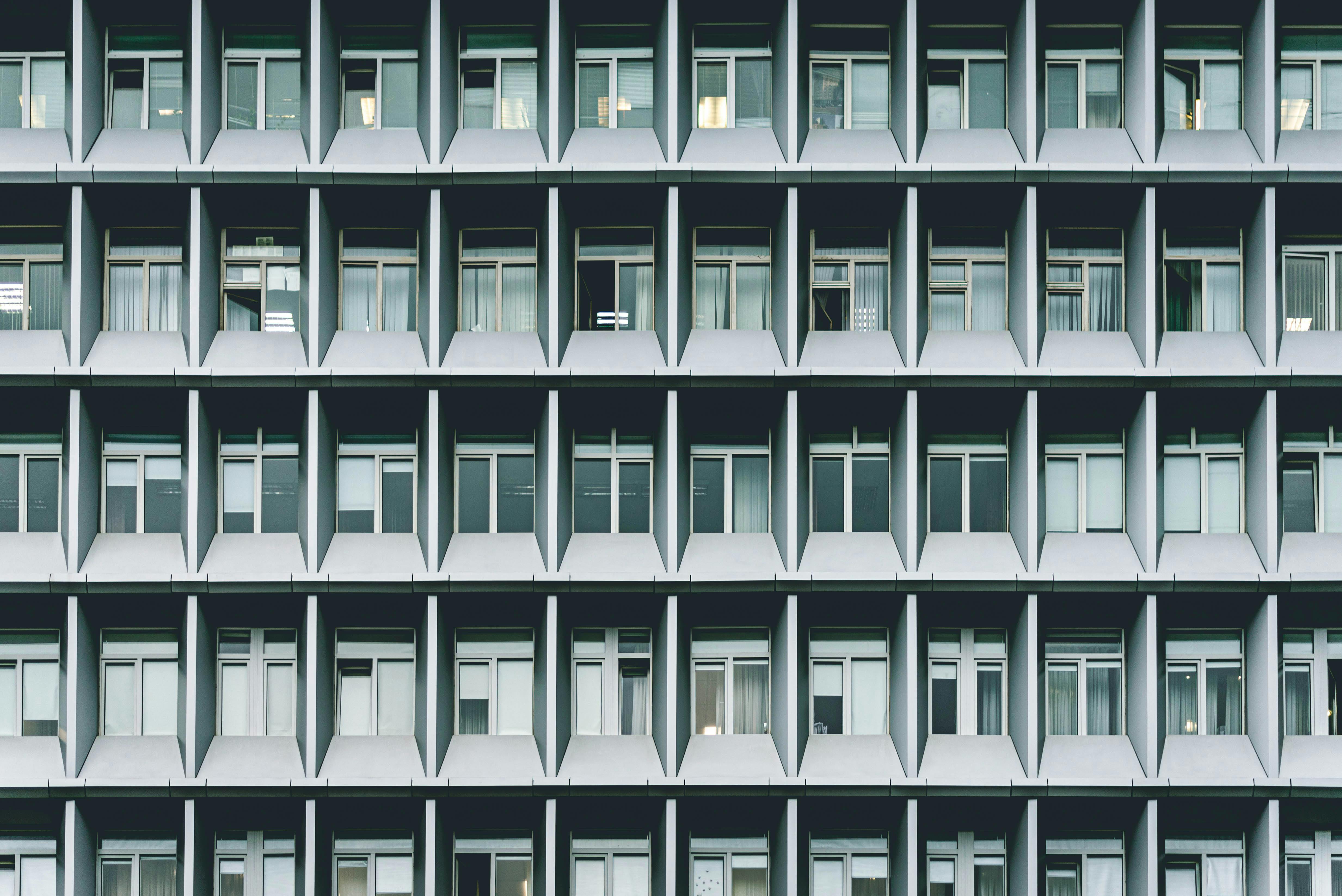Cleaning moss and lichen from roofing materials has become a multi-billion dollar industry. But is it just money down the drain? What damage do moss and lichens do to a roof covering?
Take a walk around your local DIY store and you’ll find a wide variety of products aimed at removing moss and lichen from the surface of your roof. These products are generally sprayed by the homeowner or roofing contractor and eventually eradicate the moss/lichen.
Whatever your view on the aesthetics of ceiling growth, it might be helpful to look at what, if any, damage ceiling moss and lichens cause.
There are literally thousands of different types of lichens, but the one found most often on roofs is Ascomycetes Foliose. Fungi and bacteria combine to form a symbiotic association that results in growth similar to the green and yellow coral found on roofs. The lichen will survive in the most extreme conditions. Periods of extreme humidity or dryness are unlikely to have any effect.
As part of their growth cycle, lichens burrow into the roof surface. The lower bark of the plant goes into the roof substrate. This is where the roof damage begins. It will stick to paint and ceiling coatings and eventually cause it to chip or blister. On chipped coated shingles, the lichen removes the coating and exposes the shingle to corrosion.
If growth is allowed to go unchecked in interlocking shingles, there is a danger that the roof channels will become clogged and cause leaks.
In addition, the roof moss prevents the roof covering from drying out. This will deteriorate the paint on metal roofs and eventually make concrete and clay tiles more porous. The problem is exacerbated by frost and cold weather conditions. Moss/lichen retains water which expands when frozen and can blister paint. In extreme cases it will break the shingles or cause extreme pitting.
Moss eradication can be accomplished in a number of ways. If moss or lichen has become firmly attached to the roof substrate, mechanical brushing is not recommended. It is much better to remove the growth first before attempting to remove it. If you try to remove deep-rooted lichens, you may cause more damage to the roof.
Most moss swatters contain sodium hypochlorite. These solutions are typically mixed at 5 times the concentration of household bleach. They work well as long as the moss is completely soaked in the solution. Optimum results will be obtained if applied during a dry period. Even better results can be achieved if the moss swatter is worked with a soft brush.
Great care must be taken when handling chemicals and it is important to follow the manufacturer’s instructions. Effects on the local environment must also be considered. It is a good precaution to collect the solution at the bottom of the downspout/gutter. The chemical can then be safely disposed of, or at least diluted to a safer level.
A slower but more permanent solution is the use of copper or zinc strips placed at intervals on the roof surface. As the rain runs over the metal strips, a fungicidal wash covers the roof area. The larger the exposed copper area, the better the results. The strips should be placed at intervals on the roof to ensure that enough fungicide wash covers the roof. For an average size house, a length along the ridge with a second half of the roof is enough to keep the lichen down. After a few years, the copper will acquire a green patina and the fungicidal properties will be reduced. By rubbing off this patina, the copper can be “reactivated”.
These fungicidal metal strips are only suitable for concrete, clay or tile roofs. Not for use with metal roofs or gutters. Solution will cause corrosion if allowed to run on metal surfaces.
If you want to extend the life of your roof, it is really important to prevent damage from roof growth. Any money spent on eradication will be easily recouped in the extended life of your roof.



